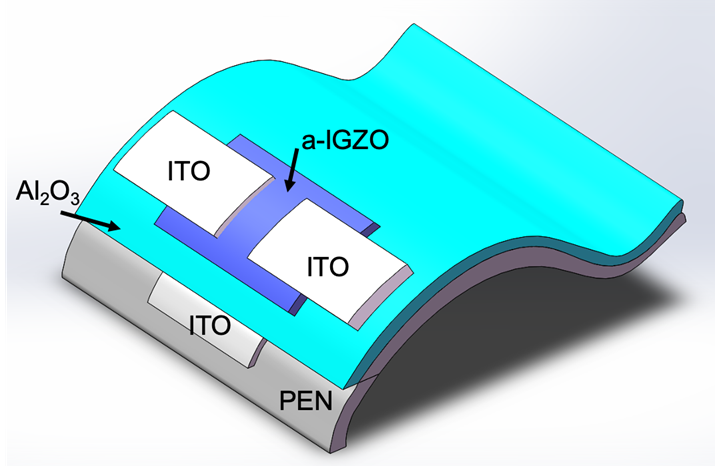Modeling
For the nature of compact modeling research, the main goal is to provide simplification to the complex physics governing the operation of devices, without sacrificing the accuracy and compatibility with the circuit simulation framework. Compact models are useful in simulating a large system wherein applications such as technology computer-aided design (TCAD) tools will not be able to perform in a reasonable amount of time.

Quantum computing
Quantum computing is a revolutionary new approach to computing that harnesses the power of quantum mechanics to solve complex problems. It is based on the idea that information can be stored and manipulated in the form of qubits, which are quantum-mechanical versions of the classical bits used in traditional computing. Quantum computing has the potential to revolutionize the way we solve problems, allowing us to tackle problems that are too complex for traditional computers.
Issues of quantum computing include the difficulty of creating and maintaining a quantum computer, the potential for errors due to the fragility of quantum states, and the need for specialized algorithms to take advantage of the unique properties of quantum computing. Additionally, there are ethical and security concerns related to the potential for quantum computers to break existing encryption methods. Finally, there is the challenge of developing a quantum internet, which would allow quantum computers to communicate with each other.

Indium Gallium Zinc Oxide Transistor
For a-IGZO transistor, there are two kinds of problems faced by it in flexible electronics applications. These are low electrical performance due to the low-temperature process and degraded performance induced by multi-cycle bending or deforming. To solve the first issue, a novel and low-temperature supercritical carbon dioxide fluid treatment method is applied to passivate traps inside a-IGZO channel and interface between channel and dielectric layers. For the second one, two kinds of approaches including recovering degraded performance by a posttreatment and fabricating device by using intrinsically flexible dielectric and thin substrate are proposed. After solving these problems, the flexible a-IGZO device with both high electrical performance and mechanical flexibility are integrated with typical p-type carbon nanotube transistor to demonstrate a series of monolithic three-dimensional (M3D) digital circuits. The realized flexible M3D circuits provide a new path for complex-function wearable electronics.

2D Materials Based Electronic Devices
Since the downsizing-induced short-channel effects, structures of MOS devices have evolved from single-gate structure, double-gate structure, and then FinFET. 2D materials born with advantages of atomic-level thin ans excellent electronic properties. There are some focus:
- Doping methods for p- and n-channels
- Stacked nanosheet transistors
- Development of large-area growth and damage-free transfer processes
- Reducing charge traps at the interface of dielectrics and 2D materials
